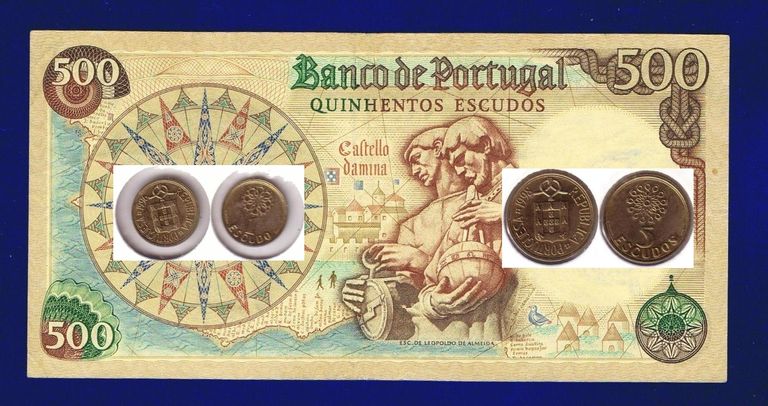
Sigo compartiendo con los amigos #blurtians de esta comunidad mis recuerdos sobre las monedas que, antes de la aparición del Euro en el escenario plataforma, eran dueñas y señoras de sus respectivos países, con sus defectos y virtudes, pero representaban una parte del llamado "ser nacional", un símbolo a la vez que un instrumento monetario en el cuál cada europeo se sentía representado.
Hoy no existen más salvo para algunos coleccionistas y dentro de algunas décadas tal vez pasará a ser piezxas de inestimable valor. Y para aquellos que lograban guardar algunos ejemplares antes de su total conversión en el 2002.
Algunos usuarios de la nueva generación tal vez casi no se recuerden de ellas, por eso el objetivo de estos post, es traer a la memoria esas monedas y esos billetes que durante décadas y décadas pasaron a ser un elemento cotidiano en los bolsillos de los usuarios europeos.
Hoy les voy a hablar del escudo portugués.
No todos los países convirtieron sus monedas al Euro en seguida como les muestro en la siguiente tabla. Portugal lo hizo en el grupo generalizado que adoptó la moneda del euro como divisa oficial y por lo tanto entró a hacer parte de la llamada Eurona a partir del 2002, una vez transcurrido el año adicional (después del 2000) en el cuúl el auro convivió a la par con la moneda de cada respectivo país.

El escudo portugués fue la divisa de Portugal exactamente durante 90 años, poco faltó para llegara a su siglo de vida, desde 1911 hasta 2002, luego de la revolución republicana de 1910, en ese entonces 100 centavos constituían un escudo y su símbolo era el cifrão.
Durante la Segunda Guerra Mundial el escude portugés obtuvo una importante notoriedad ya sea política como estratágica desde el punto de vista económico ya que al permanecer Portugal neutral en la contienda bélica, en su momento fue valorado por la Alemania nazista de Hitler como una reserva de divisa extranjera ajena al dólar y sin una relación directa con el mismo que podía usarse para realizar compras en Portugal y otros países neutrales.
Sin embargo la inflación que sacudió a Europa después de la guerra y la falta de una política monetaria estable por parte de Portugal hizo que el escudo (como muchas otras monedas europeas afectadas directamente por el conflicto) perdiera gradualmente de valor y obligara al Banco de Portugal a continuas emisiones que terminaron deteriorando seriamente su poder adquisitivo.
Como sucedió con muchas otras monedas europeas, al menos aquellas pertencientes a los países llamados "más importantes" tuvo un período de transición que en total fue de tres años desde la sanción y referendum público del euro en cada país (1999) hasta su totalmente eliminación en enero de 2002.
Durante todo este trienio el escudo portugués y el euro se utilizaron de forma conjunta en Portugal.
Como ocurrió en otros países -ya les había citado el ejemplo de Italia con las monedas de 1.000 liras y los billetes de 500.000 liras respectivamente en forma curiosa fueron emitidos en Portugal nuevos billetes y monedas un par de años antes de la implementación del euro, lo que les confirió a estos signos monetarios una vida relativamente breve.
En el caso de Portugal esta suerte le tocó a la última serie de billetes portugueses que fue emitida entre 1995 y 1997 que permaneció en vigencia hasta la entrada del euro, de 500, 1000, 2000, 5000 y 10000 escudos y que representaban a importantes navegantes de la época de los descubrimientos portugueses, entendiendo como tales la serie de viajes volando y exploraciones llevadas a cabo por los portugueses entre 1418 y 1543 cuando su fuerza naval era una de las más potentes en todo el mundo.


I continue to share with my #blurtians friends in this community my memories of the coins that, before the appearance of the Euro on the platform scene, were masters and mistresses of their respective countries, with their faults and virtues, but they represented a part of the so-called "national being", a symbol as well as a monetary instrument in which every European felt represented.
Today they no longer exist, except for a few collectors, and in a few decades they will perhaps become priceless treasures. And for those who managed to keep a few copies before their total conversion in 2002.
Some users of the new generation may hardly remember them, so the aim of this post is to bring to mind those coins and banknotes that for decades and decades became an everyday item in the pockets of European users.
Today I am going to talk about the Portuguese escudo.
Not all countries converted their coins to the euro right away, as I show in the table below. Portugal did so in the general group that adopted the euro as its official currency and therefore became part of the so-called Eurozone in 2002, after the additional year (after 2000) in which the auro coexisted on a par with the currency of each respective country.
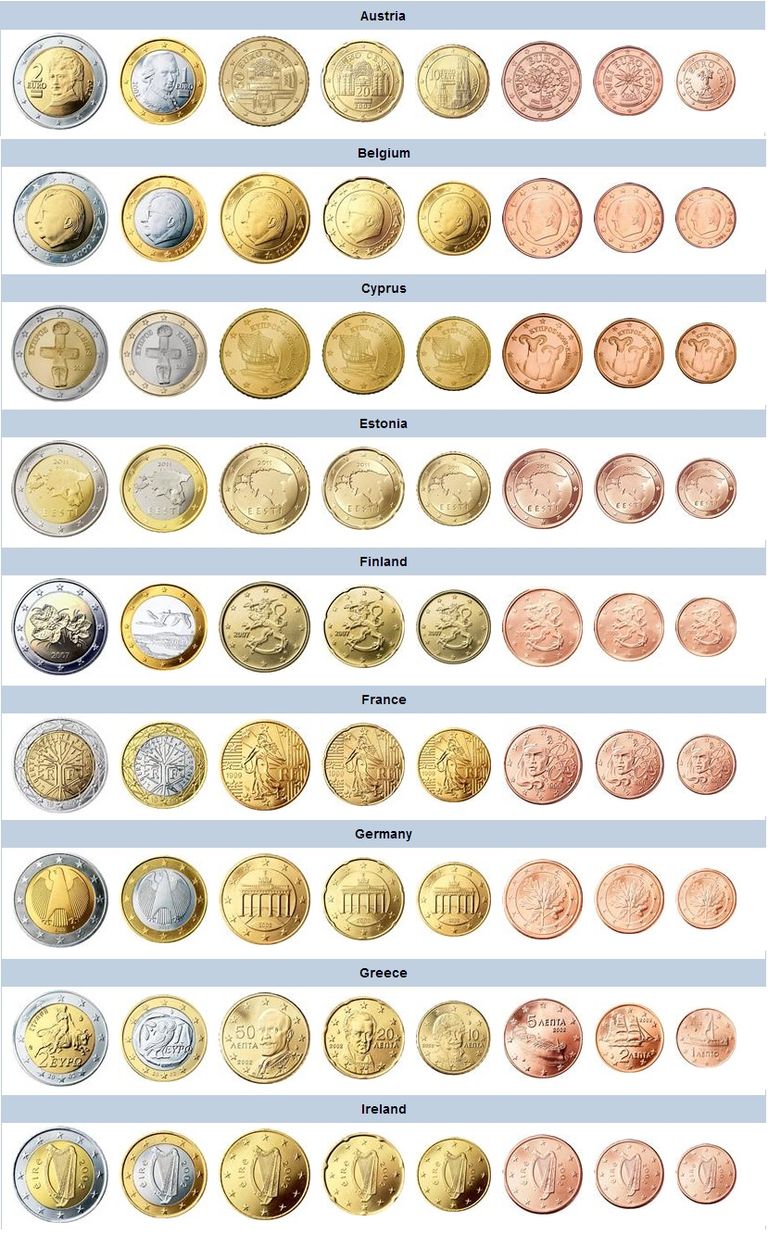
The Portuguese escudo was the currency of Portugal for exactly 90 years, just short of its century of life, from 1911 to 2002, after the republican revolution of 1910, at that time 100 centavos constituted a escudo and its symbol was the cifrão.
During the Second World War, the Portuguese escude gained an important notoriety, both politically and strategically from an economic point of view, as Portugal remained neutral in the war, and at the time it was valued by Hitler's Nazi Germany as a foreign currency reserve outside the dollar and without a direct relation to it, which could be used to make purchases in Portugal and other neutral countries.
However, the inflation which shook Europe after the war and the lack of a stable monetary policy on the part of Portugal meant that the escudo (like many other European currencies directly affected by the conflict) gradually lost value and forced the Banco de Portugal into continuous issues which ended up seriously eroding its purchasing power.
As with many other European currencies, at least those belonging to the so-called "most important" countries had a transition period of three years from the sanctioning and public referendum of the euro in each country (1999) until its total elimination in January 2002.
Throughout this three-year period, the Portuguese escudo and the euro were used together in Portugal.
As was the case in other countries - I have already cited the example of Italy with the 1,000 lira coins and the 500,000 lira banknotes respectively(, new banknotes and coins were curiously issued in Portugal a couple of years before the introduction of the euro, which gave these monetary symbols a relatively short life.
In the case of Portugal this fate befell the last series of Portuguese banknotes issued between 1995 and 1997, which remained in force until the introduction of the euro, in denominations of 500, 1000, 2000, 5000 and 10000 escudos, depicting important navigators from the period of the Portuguese discoveries, understood as the series of flying voyages and explorations carried out by the Portuguese between 1418 and 1543, when their naval force was one of the most powerful in the world.
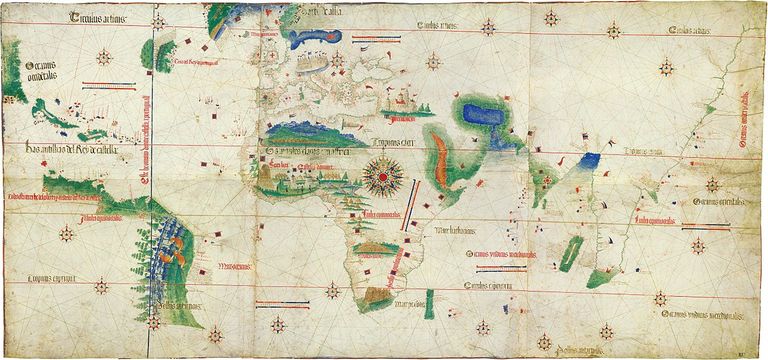


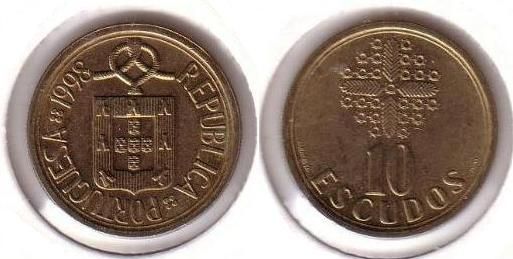
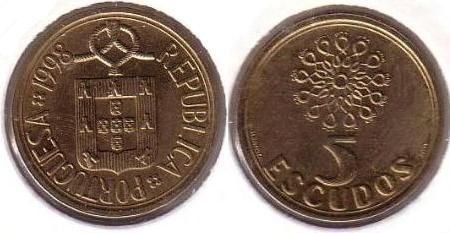

Post relacionado / Related post: Recordando las viejas monedas europeas: la lira italiana. [ESP-ENG]